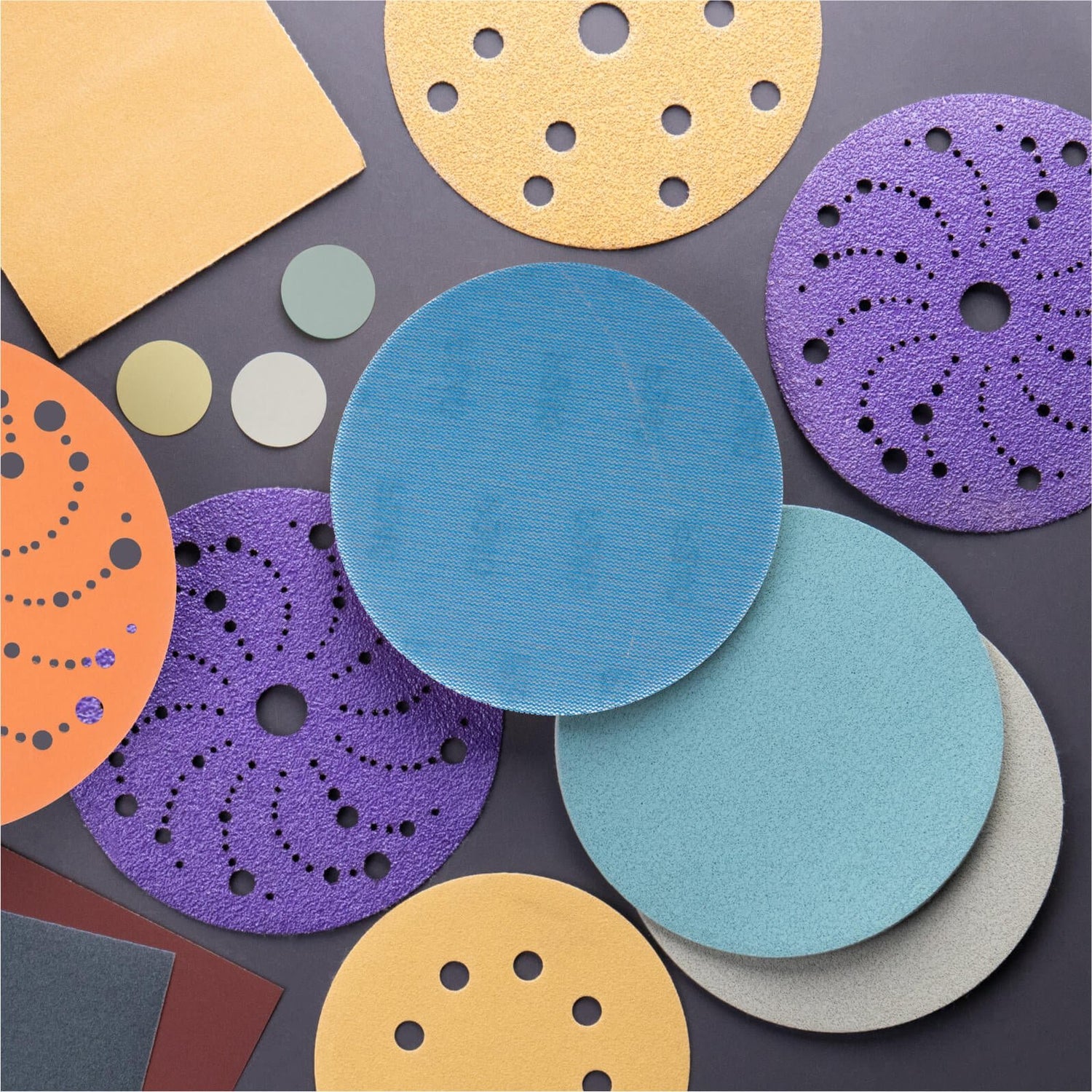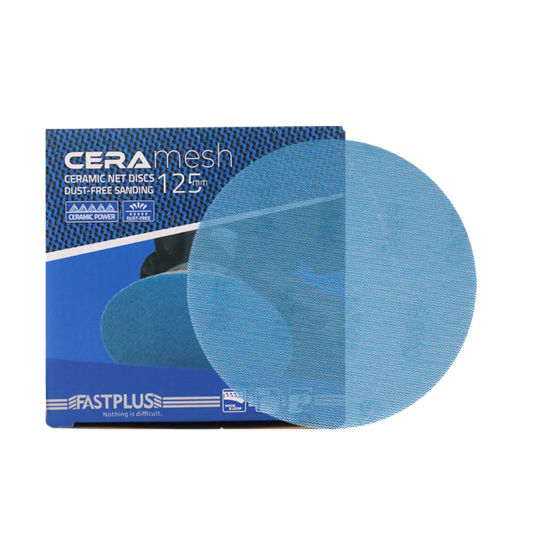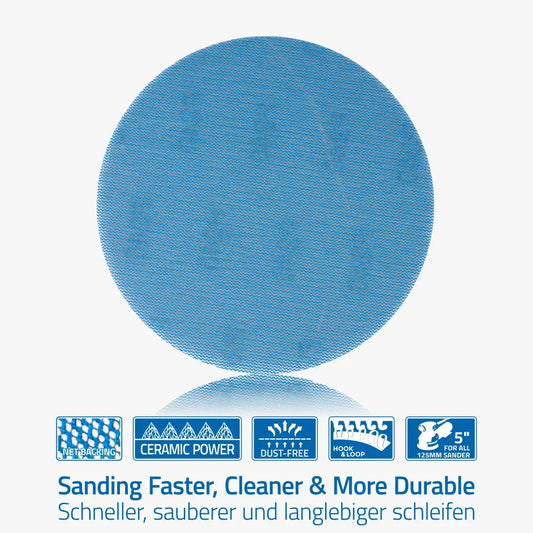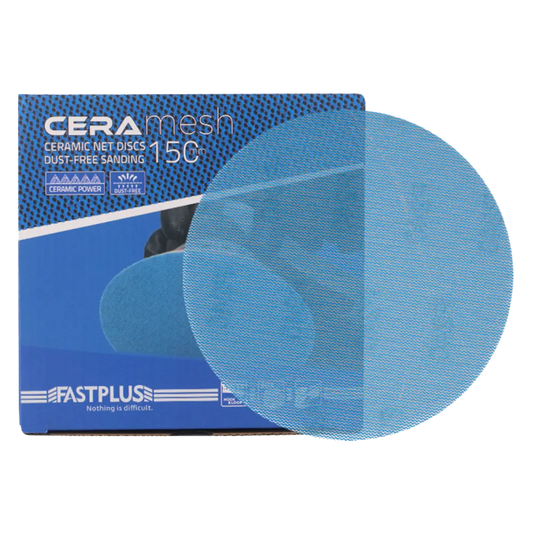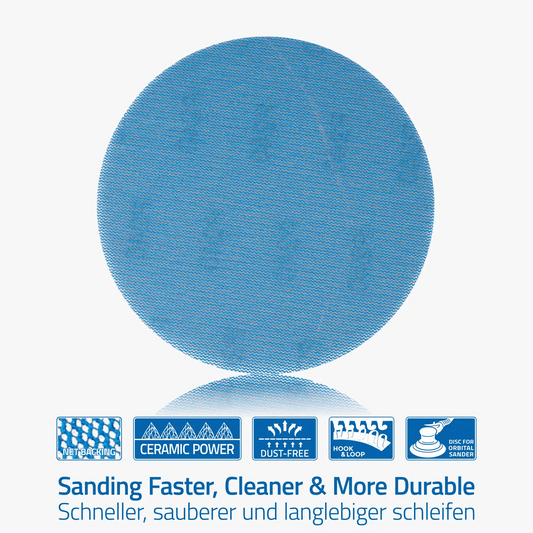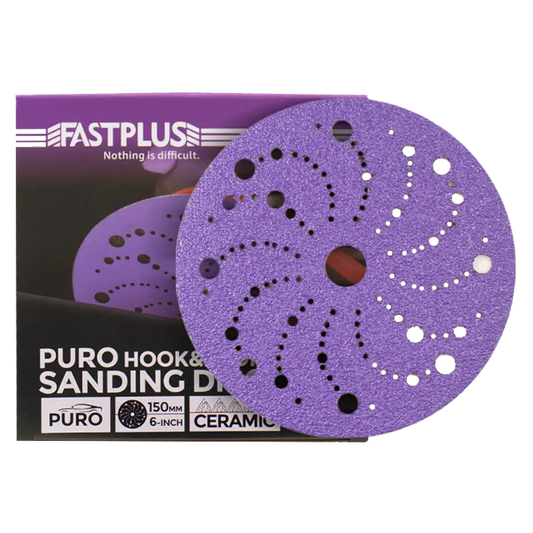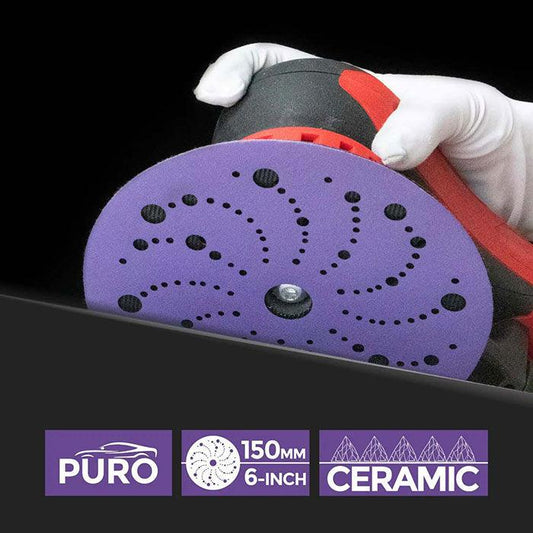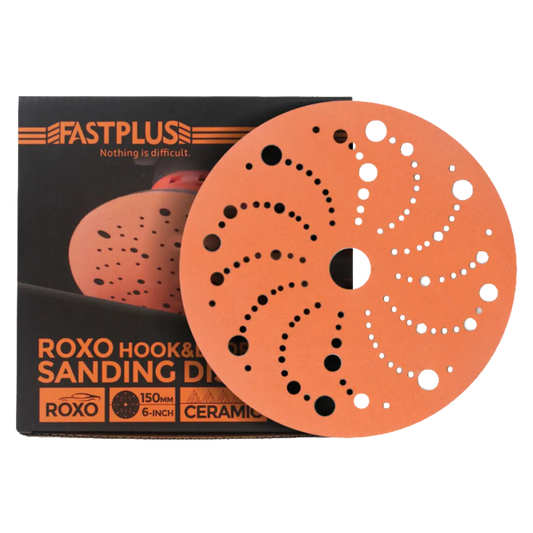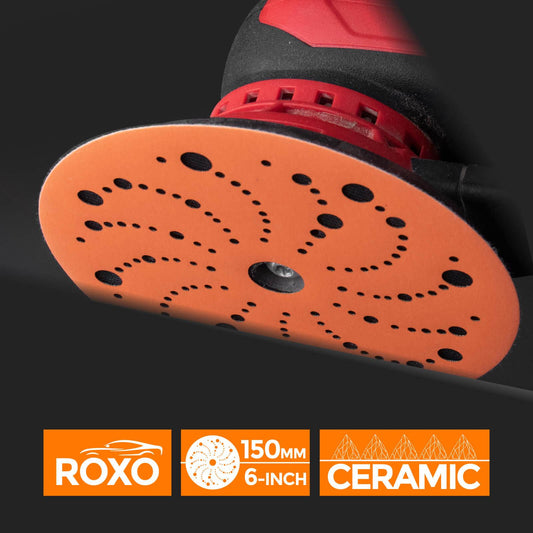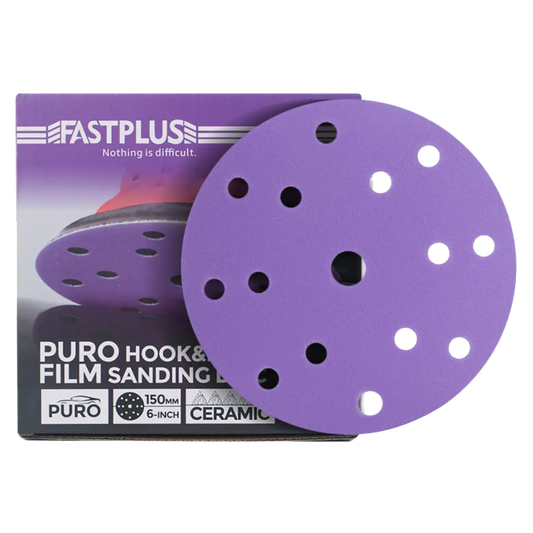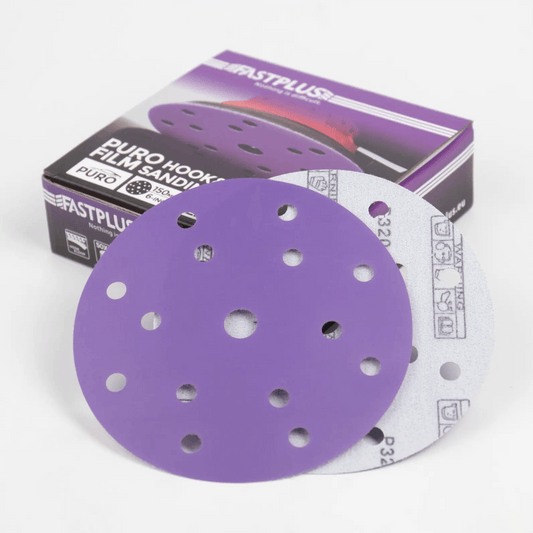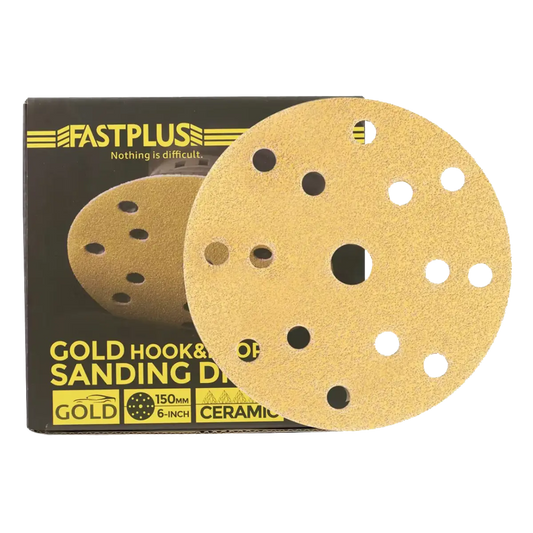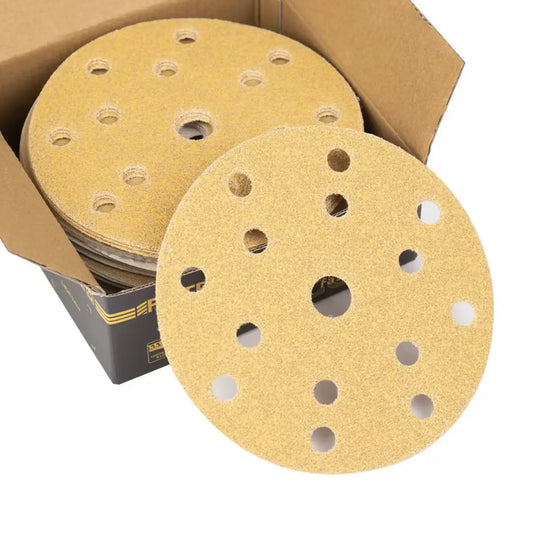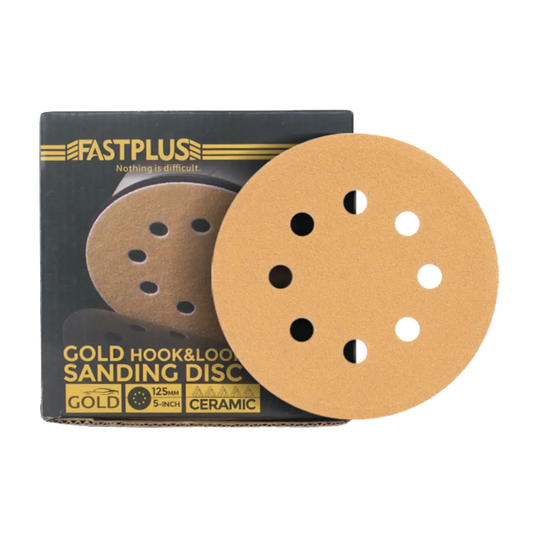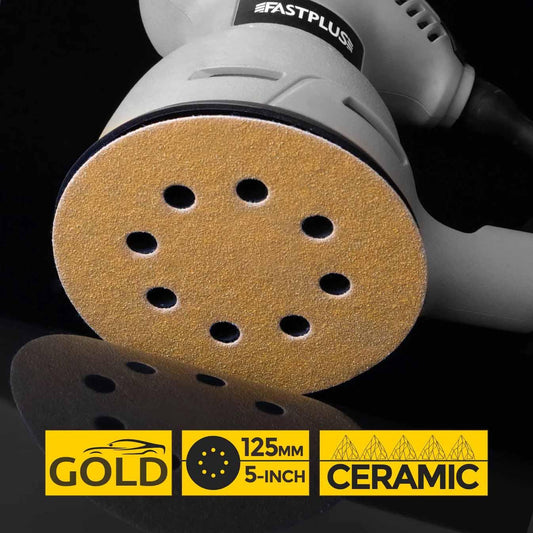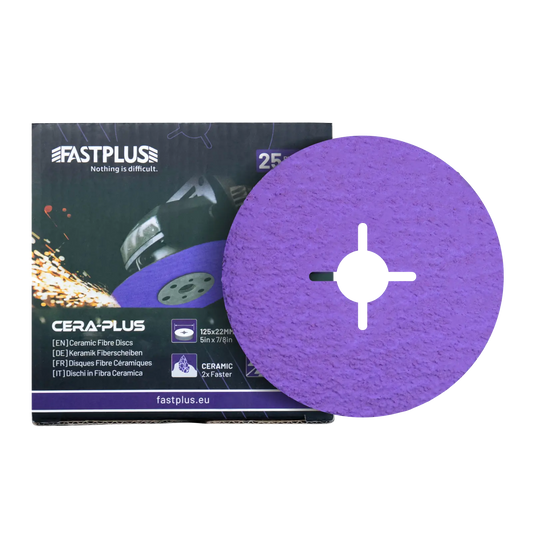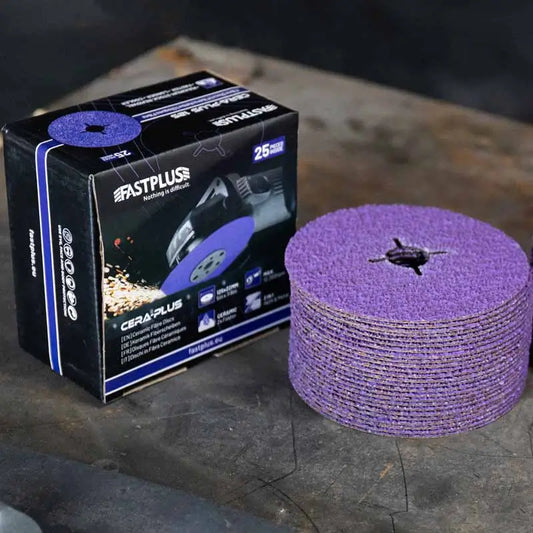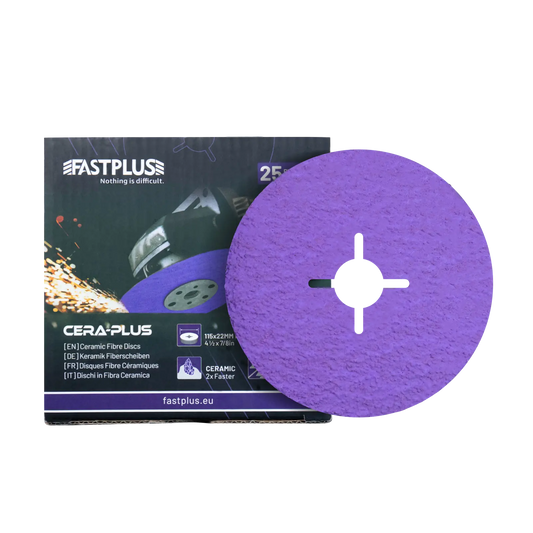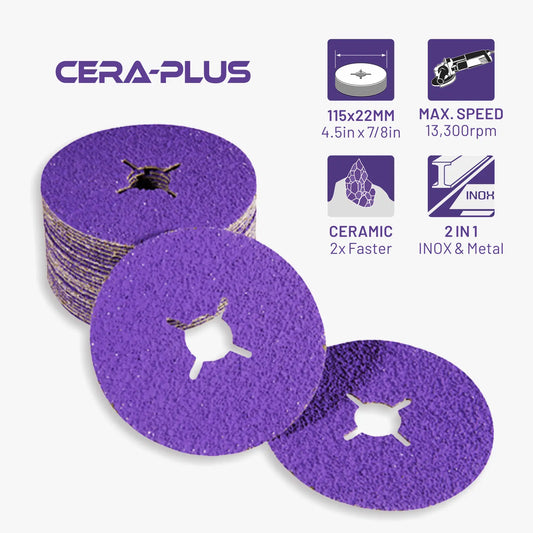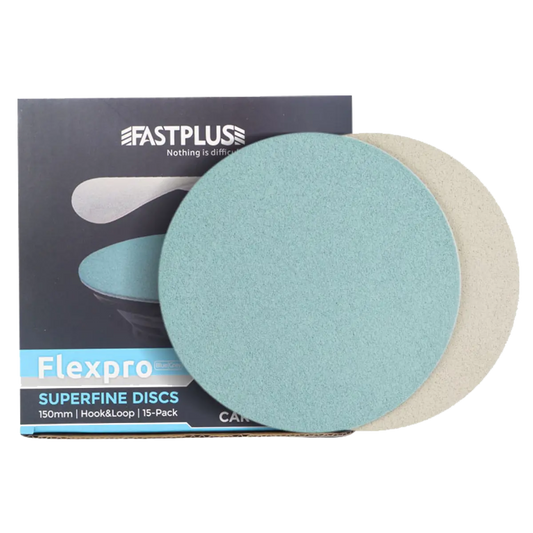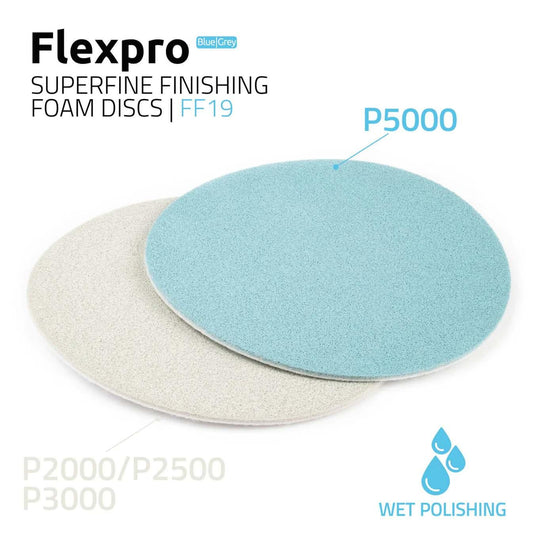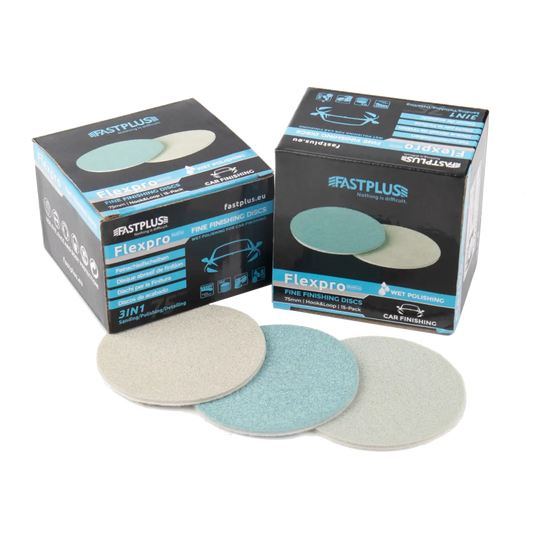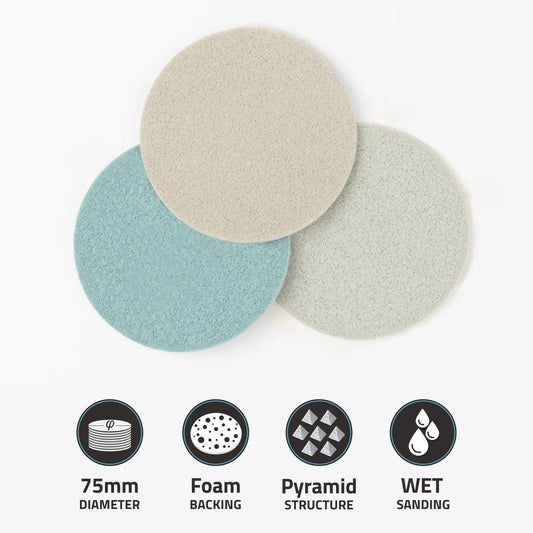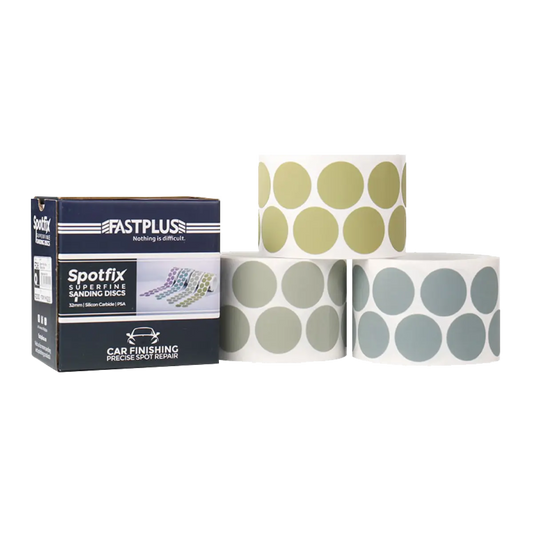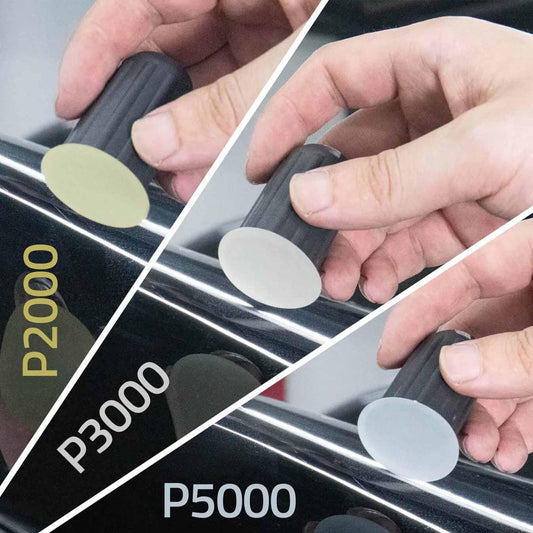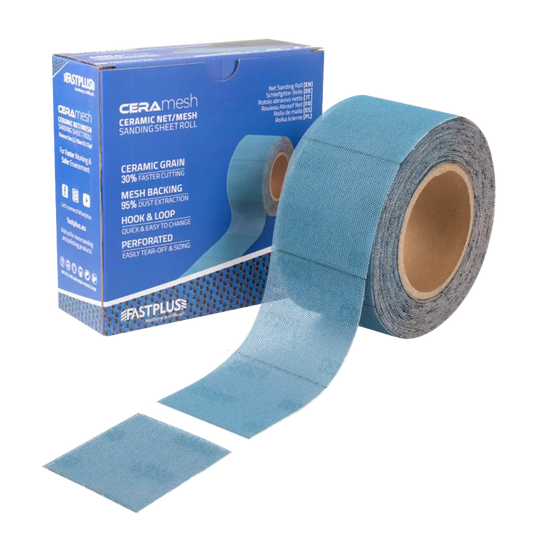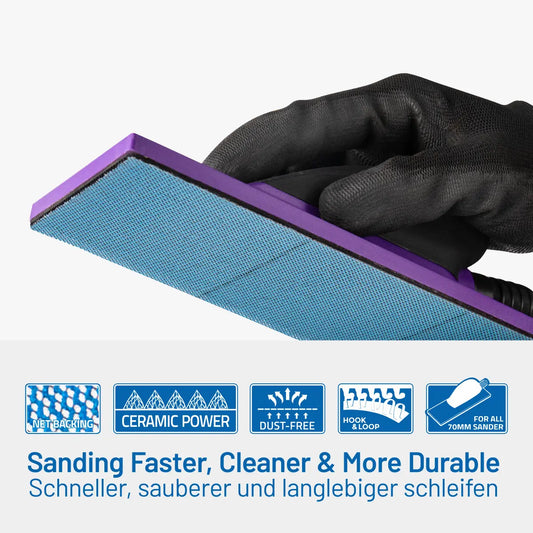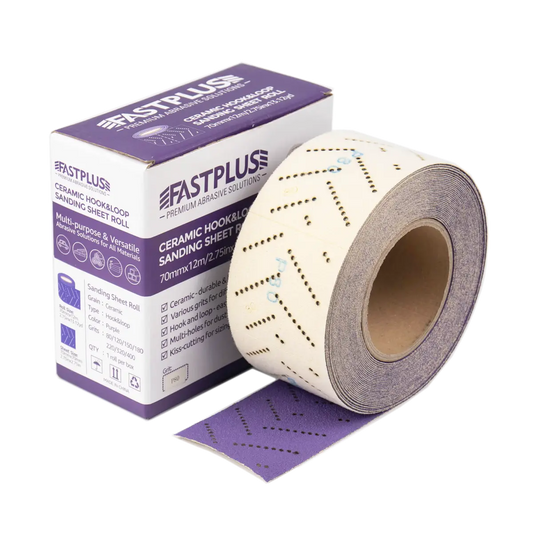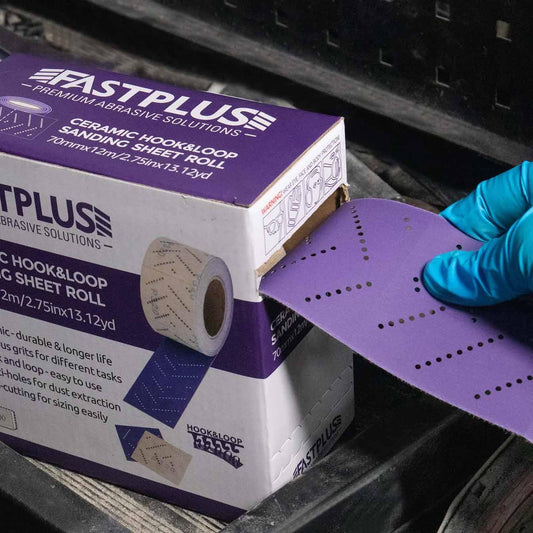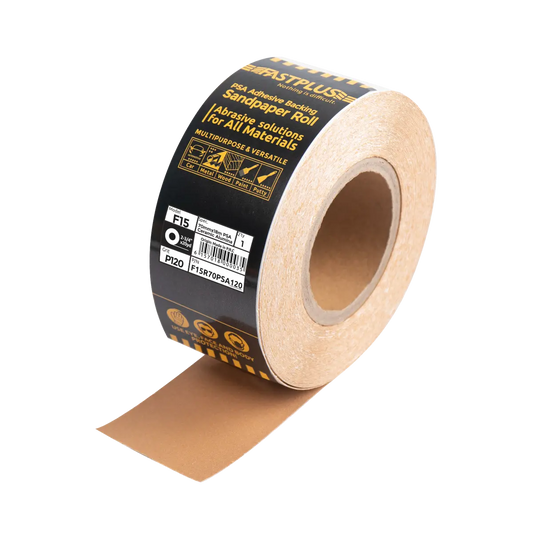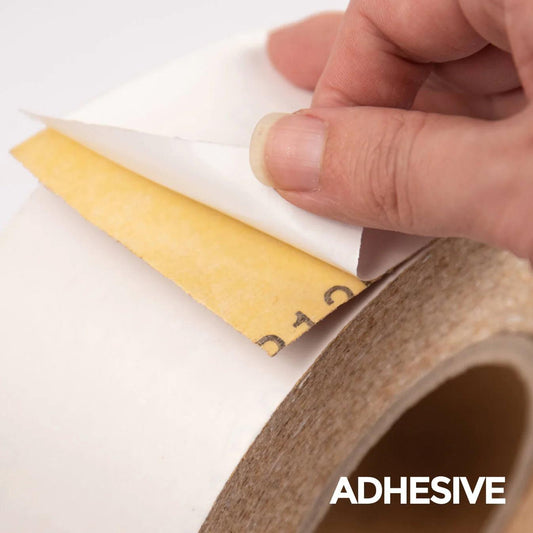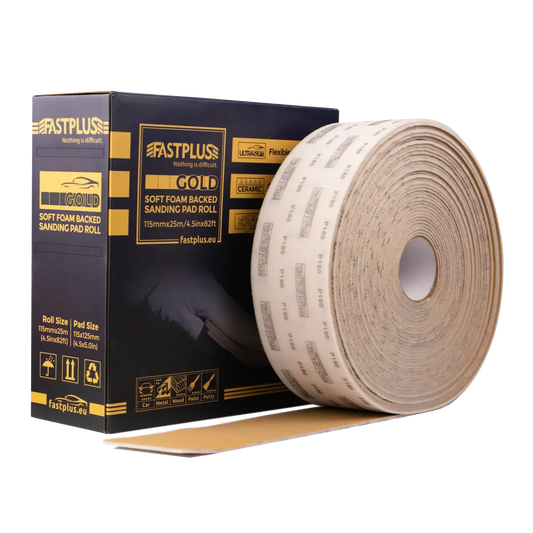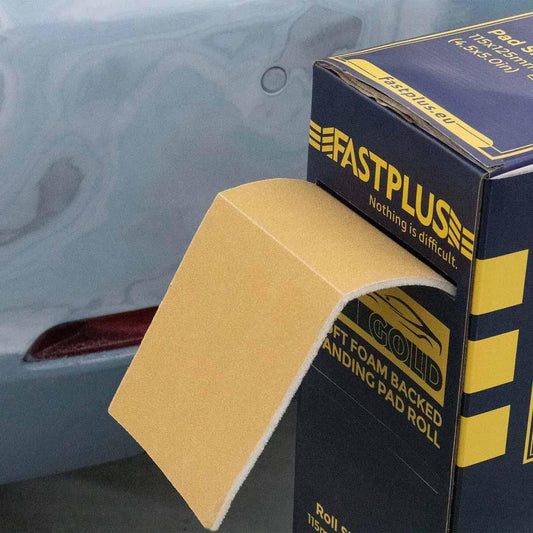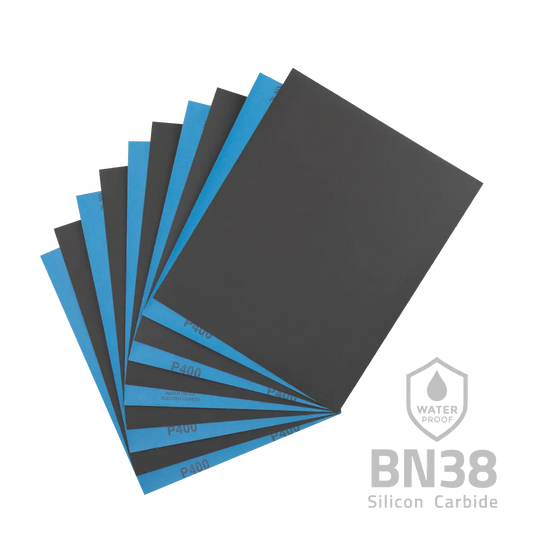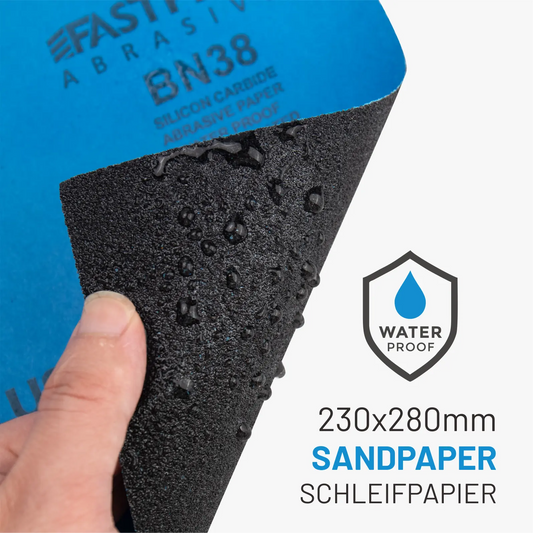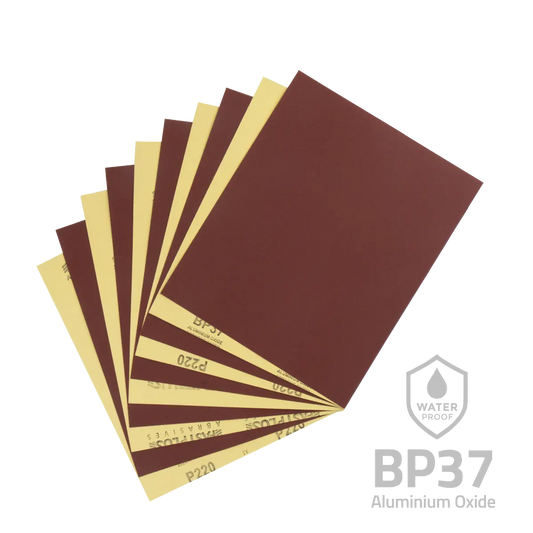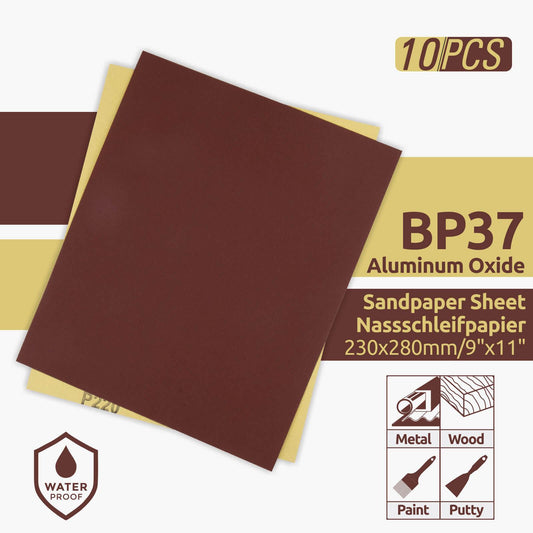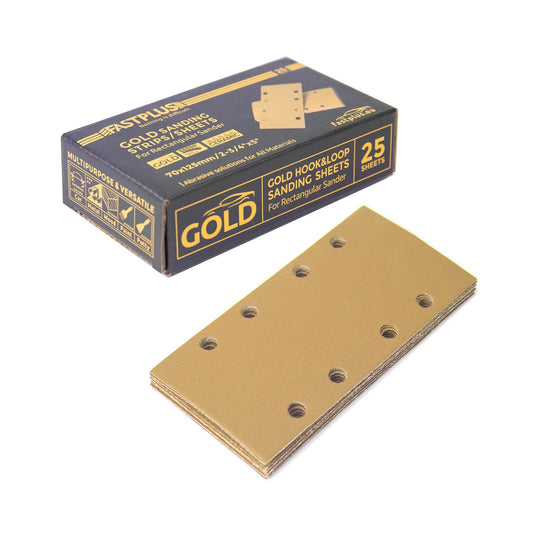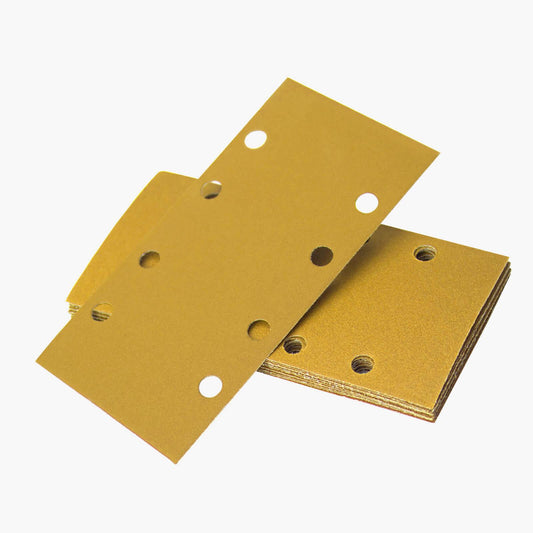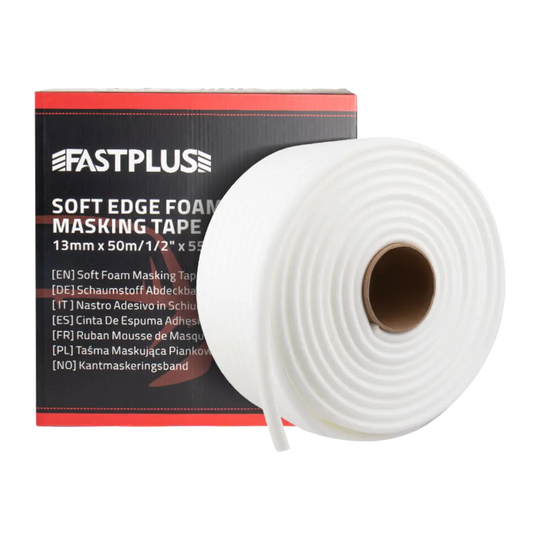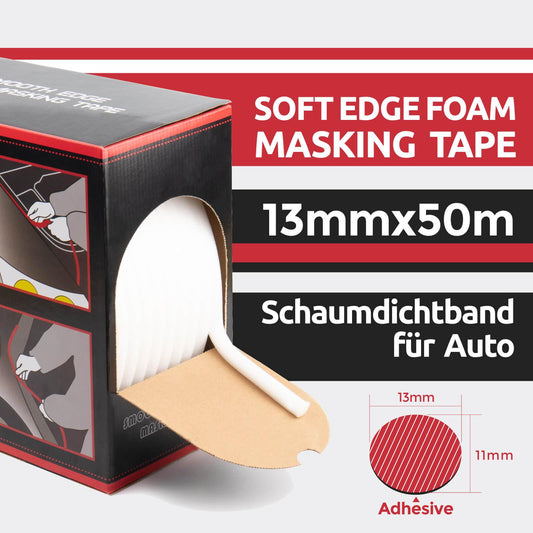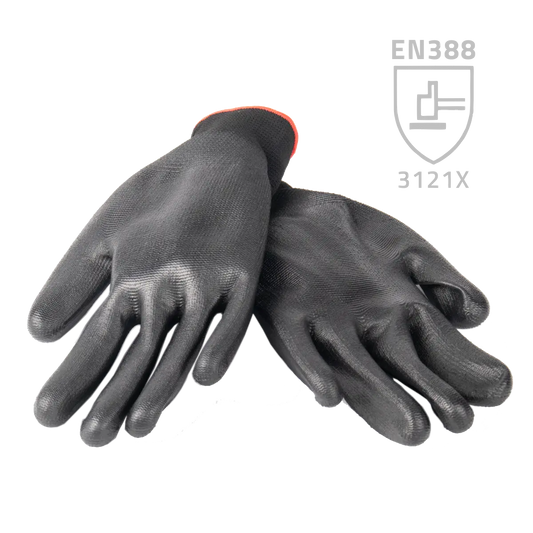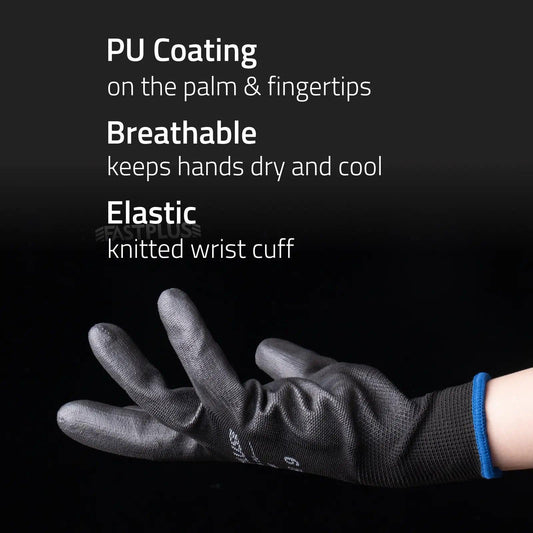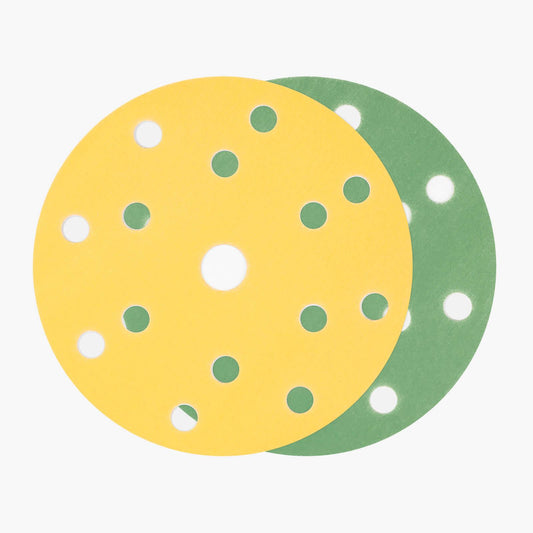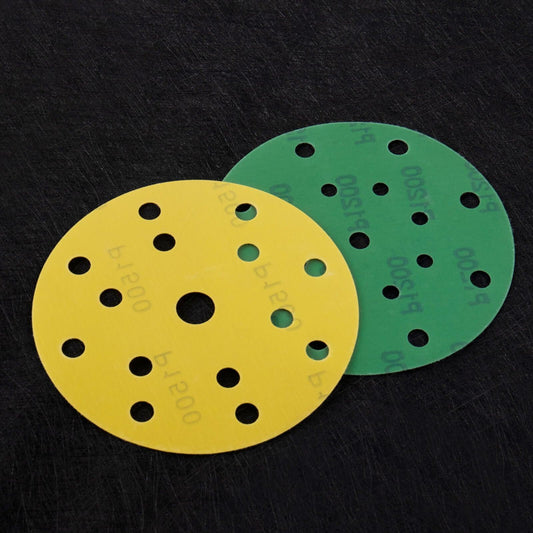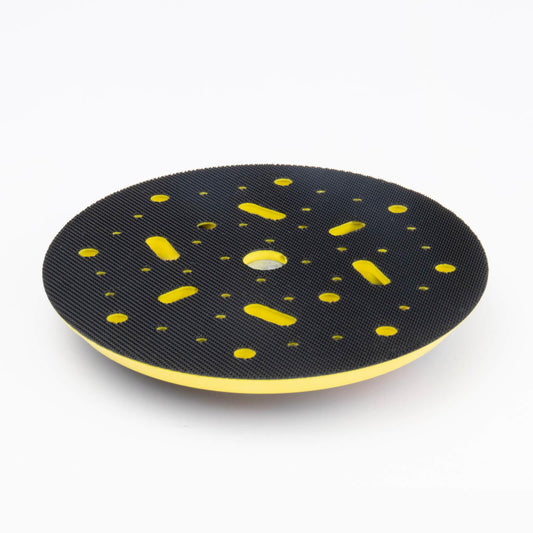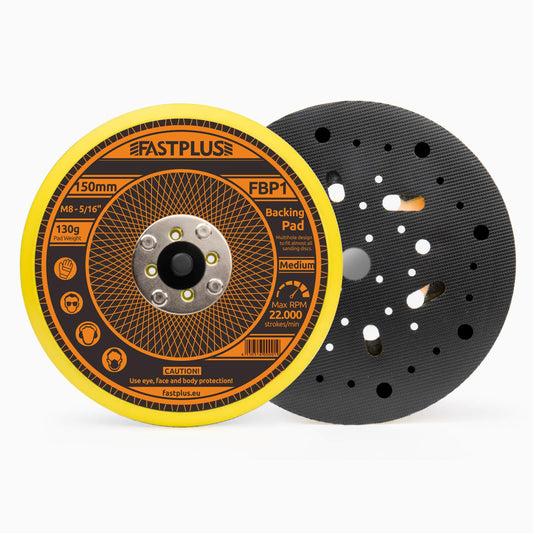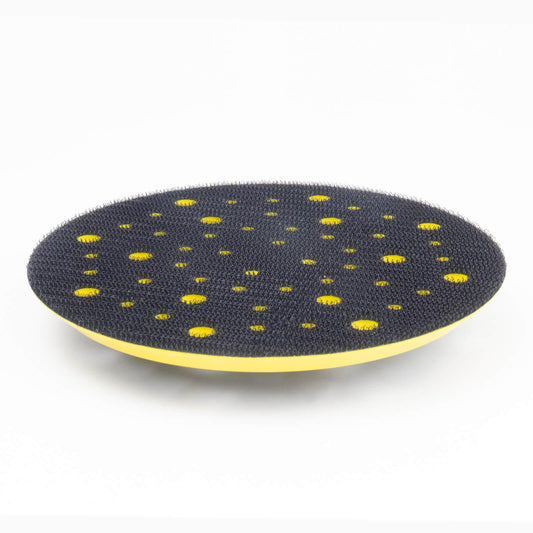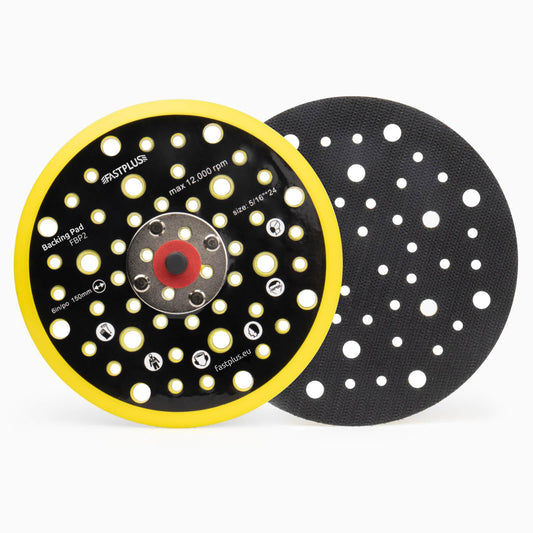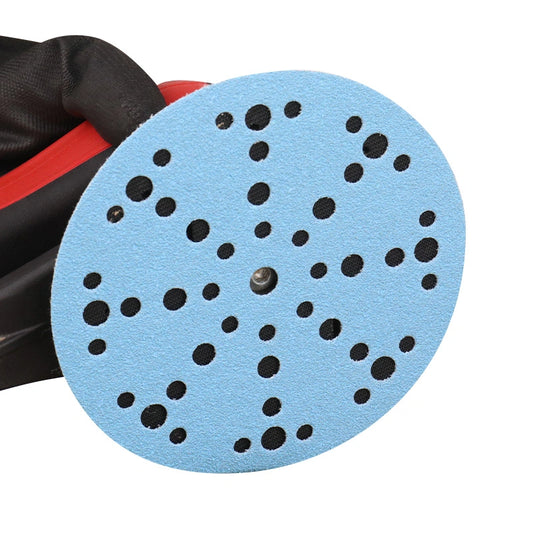
The Complete Guide to Power Tools for Sanding Discs
When it comes to achieving a flawless surface finish—whether you’re sanding wood, metal, or plastic—the right combination of sanding discs and power tools makes all the difference. From shaping and smoothing to polishing and finishing, each tool plays a vital role in helping you work efficiently and effectively.
This guide will walk you through everything you need to know about power tools used with sanding discs, including types, applications, and professional tips to help you choose the perfect setup for your project.
1. What Are Sanding Discs?
Sanding discs are circular abrasive tools designed to smooth, grind, or polish surfaces. They are available in various materials, such as aluminium oxide, zirconia, and ceramic, each offering different performance levels.
Sanding discs are typically attached to a power tool using a hook-and-loop, PSA (pressure-sensitive adhesive), or threaded backing. The grit size, backing type, and abrasive grain determine the aggressiveness and finish quality.
For example:
- Coarse grits (40–80): For material removal and shaping.
- Medium grits (100–180): For surface preparation and blending.
- Fine grits (220–400 and above): For polishing and finishing.
2. Types of Power Tools for Sanding Discs
Choosing the right power tool is crucial because it affects not only your finish but also your working comfort and efficiency. Here are the most common tools used with sanding discs:
a. Random Orbital Sanders
These are the most versatile and widely used power tools for sanding discs. They move in both circular and elliptical motions, minimizing swirl marks and producing a smooth finish. Ideal for wood, paint, and even metal surfaces.
Best for: Fine sanding, paint preparation, and finishing work.
Disc type: Hook and loop sanding discs.
b. Angle Grinders
Angle grinders are heavy-duty tools designed for more aggressive sanding and material removal. When paired with the right abrasive disc, they can tackle tough surfaces such as metal, stone, and concrete.
Best for: Rust removal, weld smoothing, and rough shaping.
Disc type: Fiber discs or flap discs.
c. Die Grinders
Compact and precise, die grinders are perfect for detailed work in tight areas. When used with small sanding discs, they can efficiently handle deburring and surface finishing tasks on metal or plastic components.
Best for: Intricate sanding and precision grinding.
Disc type: Roloc sanding discs.
d. Rotary Tools
Rotary tools like Dremels are lightweight and versatile. When fitted with mini sanding discs, they’re excellent for crafts, polishing small parts, or reaching confined areas that larger sanders can’t access.
Best for: Hobby work, fine detail sanding, and model finishing.
Disc type: Mini sanding discs.
e. Belt Sanders (with Sanding Disc Attachments)
Some belt sanders feature disc attachments that allow quick transitions between flat sanding and edge finishing. This dual functionality makes them a great choice for workshops with limited space.
Best for: Woodworkers needing both belt and disc functions.
Disc type: PSA sanding discs.
3. Choosing the Right Grit and Material
Each project requires a specific grit and abrasive type to achieve the desired result:
| Surface | Recommended Grit | Abrasive Material |
|---|---|---|
| Wood (coarse sanding) | 60–80 | Aluminium oxide |
| Wood (fine finishing) | 120–220 | Aluminium oxide or ceramic |
| Metal (rust removal) | 40–60 | Zirconia |
| Metal (polishing) | 180–320 | Ceramic or silicon carbide |
| Paint removal | 80–120 | Ceramic or aluminium oxide |
| Plastic | 240–400 | Silicon carbide |
Selecting the right combination prevents clogging, improves surface quality, and extends disc life.
4. Safety Tips for Using Sanding Discs with Power Tool
Using power tools safely is essential to prevent injuries and ensure efficient operation:
- Always wear safety glasses, gloves, and a dust mask.
- Check the maximum RPM rating of the sanding disc—never exceed the tool’s speed limit.
- Make sure the disc is properly centered and tightened before starting.
- Avoid applying excessive pressure; let the abrasive do the work.
- Keep the workspace clean and well-ventilated to reduce dust buildup.
5. How to Maximize Efficiency and Disc Life
Sanding discs wear out faster if used incorrectly. Here are tips to extend their lifespan and improve performance:
- Match disc speed to the tool’s power. Too much speed generates heat and burns the surface.
- Clean discs regularly to remove clogging (especially when sanding paint or softwood).
- Use the correct backing pad for better grip and flexibility.
- Rotate between grits instead of jumping directly from coarse to fine.
With these practices, you’ll get consistent results and lower overall sanding costs.
6. Power Tool Maintenance for Sanding Applications
Maintaining your sanding tools ensures both safety and longevity. Follow these habits:
- Inspect cords and switches for wear or damage.
- Replace worn backing pads or adapters.
- Keep vents and airways clear to prevent overheating.
- Regularly clean dust from the motor housing.
- Lubricate moving parts according to the manufacturer’s instructions.
Proper maintenance keeps your tools running efficiently and ensures better sanding performance.
7. Common Mistakes to Avoid
Even experienced users can make small errors that affect results. Avoid these common mistakes:
- Skipping grits: Jumping from 80 to 240 grit skips necessary stages and leaves swirl marks.
- Pressing too hard: This causes overheating and uneven sanding.
- Using worn-out discs: Dull abrasives reduce efficiency and can damage the surface.
- Ignoring tool compatibility: Always ensure your disc’s diameter and arbor match your tool.
Attention to these details can dramatically improve your final finish.
8. Environmental Considerations in Sanding
Sanding can generate a significant amount of dust and waste. Here’s how to make your process more environmentally friendly:
- Choose dust-free sanding systems or tools with integrated extraction.
- Opt for longer-lasting ceramic discs to reduce waste.
- Dispose of used abrasives responsibly.
- Whenever possible, use recyclable backing materials or eco-friendly options.
By adopting these practices, you can reduce your environmental footprint without compromising performance.
9. Find the Right Sanding Discs at FastPlus
Whether you’re a professional craftsman or a DIY enthusiast, choosing the right sanding disc and power tool combination ensures efficient, high-quality results.
At FastPlus, we provide a complete selection of sanding products tailored to meet your project needs. From net sanding rolls for dust-free work to foam pad rolls for contoured surfaces, our abrasives deliver consistent performance and durability you can rely on.
Explore our range at 👉 fastplus.eu — and discover sanding solutions that help you work faster, smoother, and smarter.
Conclusion
Sanding may seem simple, but mastering the right power tools, disc types, and techniques can elevate your surface finish to a professional level. Whether you’re smoothing wood panels, removing rust from metal, or preparing paintwork, the right tool and abrasive combination can save you time, effort, and cost.
And with premium-quality products from FastPlus, you’ll always have the right tools to achieve perfect results — every time.
